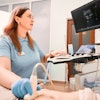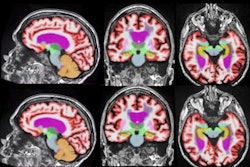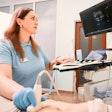Dear Digital X-Ray Insider,
The recent disruption in the global supply of iodinated contrast media has rippled throughout radiology. Hospitals have been forced to place some diagnostic x-ray and other imaging procedures on hold until supply levels normalize. Importantly, to reduce the impact on patient care, imaging facilities have been implementing strategies to conserve contrast supplies.
For instance, one group at the University of North Carolina told AuntMinnie.com that they have triaged exams into three categories, with exams utilizing contrast recommended only in the most emergent cases. You can read their strategy for riding out the shortage in this edition's Insider Exclusive.
In our last edition, we discussed how large, publicly available datasets of patient x-rays are crucial for artificial intelligence research efforts. Algorithms developed to diagnose fractures appear promising, yet they remain limited in this area. To that end, an Austrian group recently developed a large annotated dataset of digital x-ray images of pediatric wrist fractures.
Currently, we are deep into coverage of annual meetings. In a study presented at the American Roentgen Ray Society meeting in New Orleans, for instance, portable chest x-rays acquired in critically ill patients in the prone position were found to be comparable to those taken with patients in supine positions.
In other news, dual-energy x-ray absorptiometry testing for osteoporosis garnered coverage, with researchers suggesting the exams are highly underused in total joint arthroplasty patients.
And dark-field chest x-ray continues to show promise. In their latest effort, a German group at the Technical University of Munich tested a prototype that they said could be valuable for diagnosing COVID-19 pneumonia.
Finally, in quite literally uplifting news, interventional radiologists in Bavaria, Germany, have taken to the sky to reach remote stroke patients. They discussed the effect that deploying flying intervention teams has had on patient care in a recent study in JAMA.
That's all for now. Be sure to check back often for more news in your Digital X-Ray Community!




















